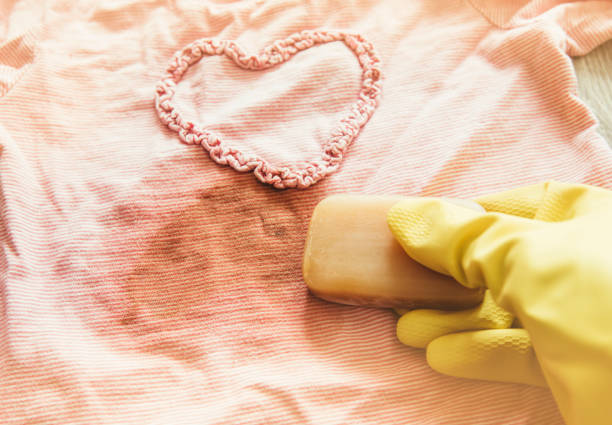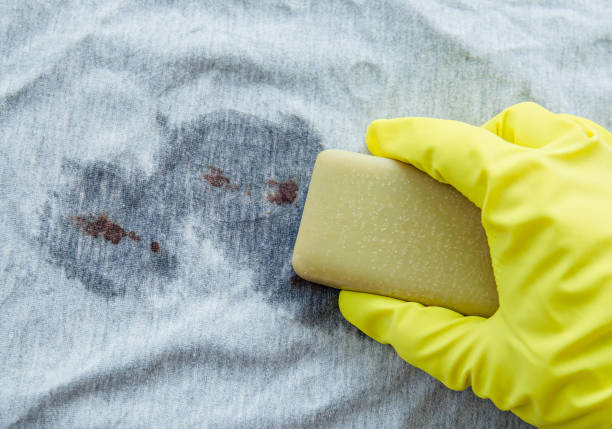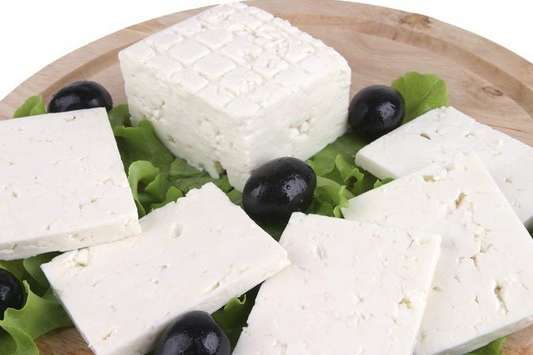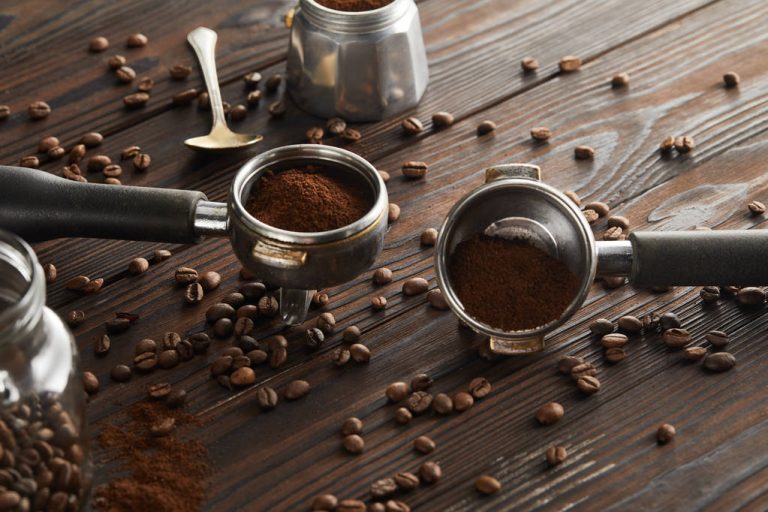Cleaning windows is a thing of the past, modern window vacuums are the best helpers in the household. Use the window vacuum to make cleaning the window quick and easy. We have an overview of the best devices.
Clean windows with a window vacuum
As soon as the first rays of spring peek out from behind thick clouds, your heart starts to smile. and you immediately feel better. But that changes when you look through the window. Because then you can see all the dirt on the window panes. So it’s time for a thorough house cleaning. Not really be a problem if it weren’t for the tedious cleaning of each individual window front in a conventional way. To ensure that the spring cleaning goes smoothly, you can use useful cleaning gadgets to help you. This also includes the window vacuum.
Advantages of the window vacuum
When used, the window vacuum is not specifically dependent on the size of the respective window. Consequently, he works precisely and carefully on small windows and large window fronts. This makes it a universal all-rounder when it comes to window cleaning. This helper also has other advantages over simply cleaning windows:
- Enables streak-free cleaning.
- Speeds up the window cleaning.
- Available in different sizes and widths.
- Versatile in use thanks to different attachments.
- No pre- and post-cleaning of the windows is necessary.

Easy to use to clean windows
The mechanics and function of a window vacuum are very simple. Because window vacuums are usually operated with batteries. This gives you a high degree of mobility and flexibility when cleaning windows. When you switch on the device, the motor creates a suction that pulls the dirty water directly from the window into the collection container. Then this is collected with the help of the attached rubber lip. Once the container is full, simply rinse it out in the sink and it’s ready to use again! After use, you should clean the device and charge the battery from time to time.
To clean the window, first, moisten the window front. Then simply place the vacuum cleaner on the still damp window pane. The vacuum cleaner then attaches itself slightly and you can let it suck systematically from top to bottom, across and step by step simply along with the window. The cleaning water is completely removed from the window and the result is crystal clear. Depending on the size of the window and especially the number of panes, you can save a lot of time on cleaning.
Buy the best window vacuum
In retail and online you will find many different suppliers for vacuum cleaners. But which one is really good? While you don’t have to clean the windows every day, you should give your windows a good cleaning once a month or three times a year. But then you shouldn’t spend too much time on it. You can use the time you save with a good window vacuum as a relaxation time for yourself. The following window vacuums are recommended:
1) The test winner: AEG WX7-60CE1 window vacuum
In the test report, the window vacuum from AEG did very well with a battery life of 60 minutes. Thanks to its rubber lips made of natural rubber, it delivers perfect and streak-free results when cleaning windows.
2) A bestseller: Kärcher cordless window vacuum cleaner WV 2 Premium
The Kärcher brand offers good and effective devices in many areas of cleaning. In addition to effective steam cleaning, there are also devices for cleaning windows.
3) The reliable one: Bosch Home and Garden Battery GlassVAC

The window vacuum from Bosch is also one of the best everyday helpers in the household and guarantees you a streak-free cleaning of your windows.
4) The inexpensive variant from Leifheit
The inexpensive window vacuum from Leifheit has already been tested on various blogs on the Internet and was able to convince. Because it has a special click system with which you can use different handles quickly and easily.
5) The brave: Sophinique window cleaning robot
Admittedly it takes some getting used to, but it’s a great idea. Because this robot should clean the windows automatically. As a result, cleaning the window actually works all by itself. You can easily control this robot with your smartphone.























